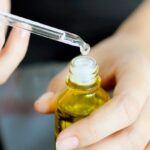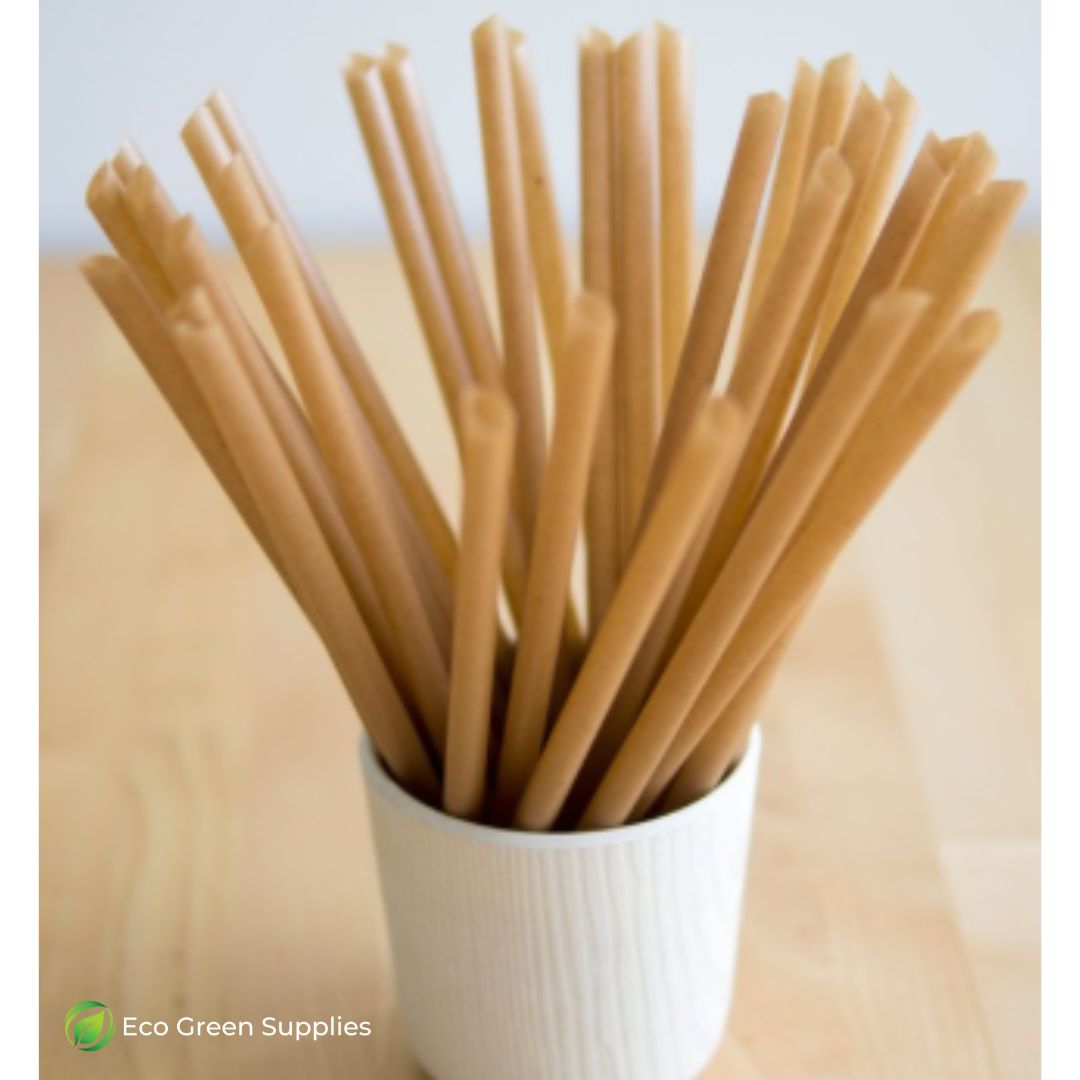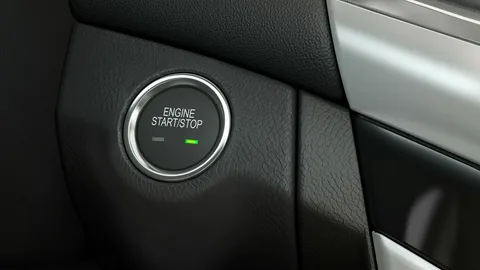Plastic pollution continues to be a significant problem in society. It is everywhere and shows no signs of being eliminated from our daily lives. Plastic is a hazardous and non-biodegradable material that takes years to decompose completely.
While its slow decomposition, plastic leaves behind unwanted particles or Microplastics – tiny plastic particles less than 5mm in width. These particles are the broken-down form of plastic and the primary cause of pollution in the ecosystem.
This plastic debris deteriorates the quality of our lifestyle. Let’s take a look at the critical aspects of this trouble. Also, learn about how to reduce plastic use with alternatives like long-drinking straws.
Where Does Microplastics Come From?
It takes about 500 years for plastic to fully break down and decompose. That’s the bitter truth. Over time, plastic bags, bottles, and plastic utensils disintegrate into tiny plastic particles. These particles are known as microplastics.
Microplastics may come from bottles, cups, straws, phones, or plastic products around us. It is dangerous to microplastics in the ecosystem. These particles are so minute that they drift off with ocean waves and pollute aquatic life. Also, they reduce the quality of the soil for agriculture.
Problems With Microplastics
The prevalence of plastic is widespread. It is everywhere and in everything you see. The problems with this material are critical and challenging to face.
-
Toxic Chemicals
Plastic is manufactured using harmful chemicals and substances. When plastic breaks down, these toxic substances are released into the environment. These chemicals affect the health of living creatures and pollute other natural resources like water and air.
-
Harm Ocean Life
Improper disposal of plastic leads to littering the surroundings and going into the water bodies. It is a big concern in coastal regions. Microplastics get consumed by the fishes or small sea creatures, later to be consumed by humans. It brings toxins into the food chain.
-
Contaminate Soil
Small plastic fragments contaminate the soil with the release of toxic substances. It accumulates organic pollutants and transfers them to the body of living things. Microplastics persist in the environment indefinitely and are impossible to clean up.
-
Impact Human Health
Microplastics also impact human health. They accumulate in human tissues and organs, causing inflammation, oxidative stress, and cellular damage. Plus, the toxic chemicals with the microplastics have harmful effects on the endocrine system and immune responses.
Ways To Reduce The Amount of Microplastics
Now is the right time to cut down on the use of microplastics. Take a look at these simple steps to reduce plastic from your routine.
-
Change The Way You Laundry
Start making changes in your laundry routine. Synthetic fabrics like nylon, polyester, and acrylic should be washed less frequently. Invest in more durable organic materials to wear every day. Choose to air-dry clothes to help reduce microplastic production.
-
Avoid Single-Use Plastics
Single-use plastic accumulates the most waste out of all plastic products. Choose more eco-friendly alternatives to single-use plastics. Pick out sugarcane long-drinking straws instead of plastic straws to enjoy your beverage. Choose biodegradable utensils for a camping trip to suppose with ease later.
-
Limit Seafood Consumption
Microplastics are being consumed by fish and other sea creatures. Avoid consuming seafood frequently to reduce the intake of plastics in your body. Consuming less seafood will help you avoid severe health conditions caused by microplastics.
-
Don’t Use Plastic In Microwave
Take note to never use plastic utensils to microwave food. Plastic containers leach on heating. This process will release chemicals into your meals — making them harmful for consumption. Use ceramic or glass containers to heat your food in the microwave.
-
Use Plastic-free Cosmetics
Microplastics are found in our self-care essentials. Products like lotions, exfoliators, and other cosmetics may contain plastic in them. It is harmful to the skin and could damage it in the long run. Purchase products after reading the complete ingredient list.
-
Regularly Dust and Vacuum
Don’t let any spec of microplastic settle in your space. Make it a habit to regularly dust and vacuum your home to avoid the accumulation of harmful particles. Use air filters and purifiers to remove any microplastics in the air. Also, opt for hard flooring over carpets.
Verdict
Microplastics are decomposed tiny particles of the material found in the environment. These particles pose a problem to the ecosystem as they pollute the air, ocean, land, and life on Earth. Effective measures need to be followed to eliminate these from our planet. Choose biodegradable drinking straws from Australia over other plastic supplies. Start your eco-friendly journey today!












One thought on “Know More About Microplastics And The Ways To Reduce Them”
Comments are closed.